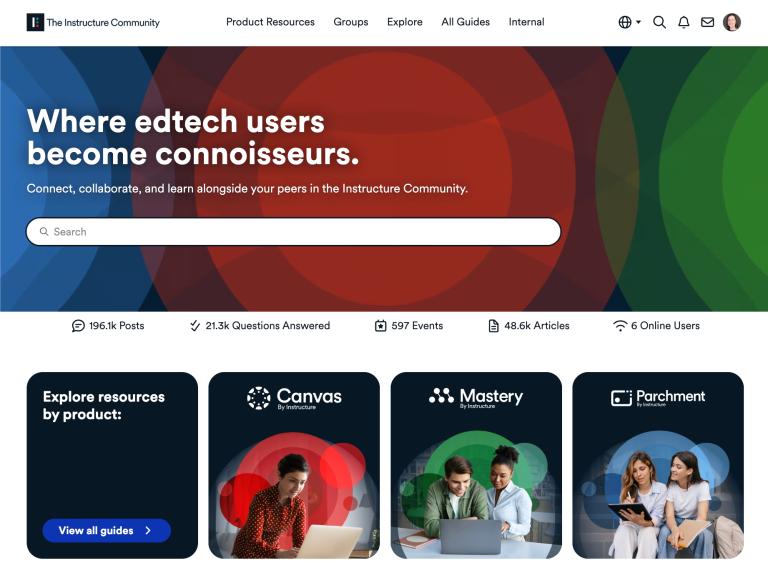Prioritizing accessibility within academic programming and edtech is imperative for meeting student needs now and into the future. Institutions must identify and adopt practices in the classroom as well as within technology that serve all students across the evolving educational landscape. But how? Institutions that are making strides start with identifying the barriers to providing equitable access to all learners.
According to the 2022 State of Student Success & Engagement in Higher Education, the top factors impacting student success and engagement were socioeconomic factors all related to access, including:
- Access to the Internet (92%)
- Access to learning resources (90%)
- Access to technology devices (90%)
These factors impacted student success each of the three years this survey was fielded. To better understand student needs, institutions should consider the full gamut of socioeconomic factors that can impact educational access. Let’s walk through each.
Physical
Physical barriers to access are those that impact a student’s ability to engage with electronic material, regardless of:
- Ability
- How well they can see or hear
- How they process information
Schools cannot deny equally effective opportunities to students with disabilities who are interested in participating in the programs, benefits, and services they offer.
Financial
Economic barriers are represented by a student’s financial well-being, which includes:
- Household income
- A student’s ability to access resources that aid in learning both inside and outside the classroom (i.e. tutors, laptops, smartboards, transportation or extracurricular activities)
- The costs a student would incur to relocate for study (domestically or internationally)
Providing resources, technology, and multiple modes of instruction can help students – regardless of their means or location – gain equal access to learning.
Educational
Educational barriers are related to a student’s access to information. They are defined by limits on the amount and kind of education a student receives, whether that’s:
- Within the home
- Socially
- Or within academic settings
Being a first-generation college student, for example, can significantly impact how much information a student receives about opportunities beyond high school, and may influence if or when they prepare for higher education. Ensuring students receive support discovering, navigating, and matriculating through academic programs will be key to making education more accessible.
Occupational
Occupational barriers can show up differently for different students, but are all related to employment and the amount of prestige one’s occupation holds.
- For students who are dependents, the occupation of their parents/ guardians may play an integral role in the biases and challenges they face in pursuit of quality education.
- For independent, non-traditional or adult learners who are solely responsible for the cost of their education, occupation can also act as a barrier.
Affordable and differentiated programs help provide more students access to education and help remove the stigma related to social class, leveling the playing field for all students.
Geographical
A person’s place of residence is an important socioeconomic factor. To address potential geographic barriers, consider a student’s:
- Environment
- Neighborhood
- And available resources where they live, work and play
Understanding a location’s transportation costs, disease burden, or food deserts is a step toward understanding how best to address student needs.
From student needs to non-academic responsibilities, learners of all kinds are challenged with pursuing academic opportunities. Education today must be accessible to students seeking in-person, online, and hybrid experiences – and not only in a linear fashion but also on an as-needed basis. To learn more about making learning accessible through pedagogy and in tech, download the Accessibility in Higher Education ebook.
Related Content
 inst-3step.jpg
inst-3step.jpgBlogs
 13lmsfeaturesthatbenefitstudentlearning.jpg
13lmsfeaturesthatbenefitstudentlearning.jpgBlogs
 community-homepage.jpg
community-homepage.jpgBlogs

